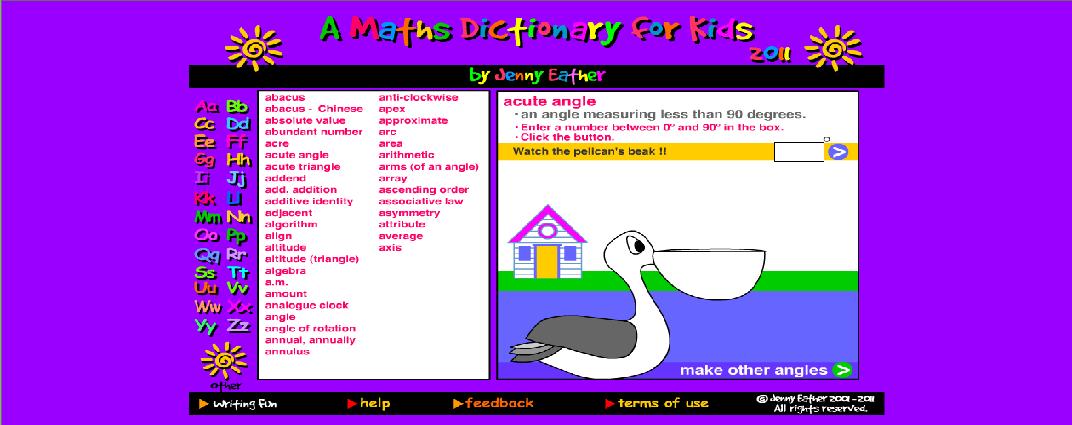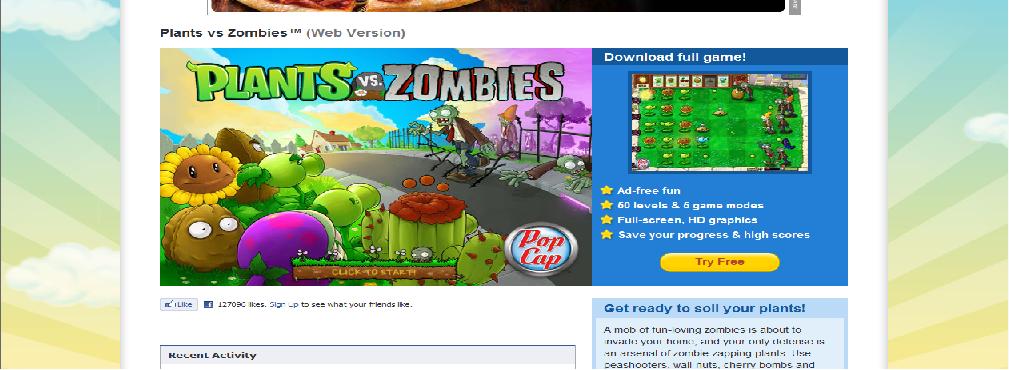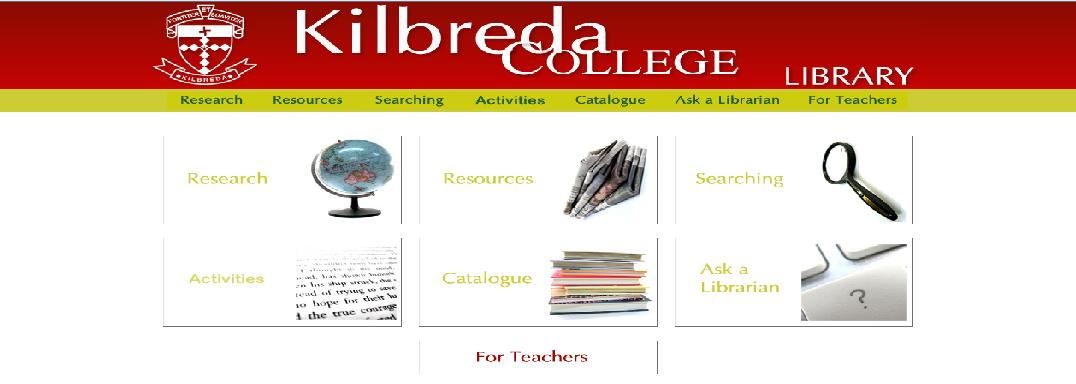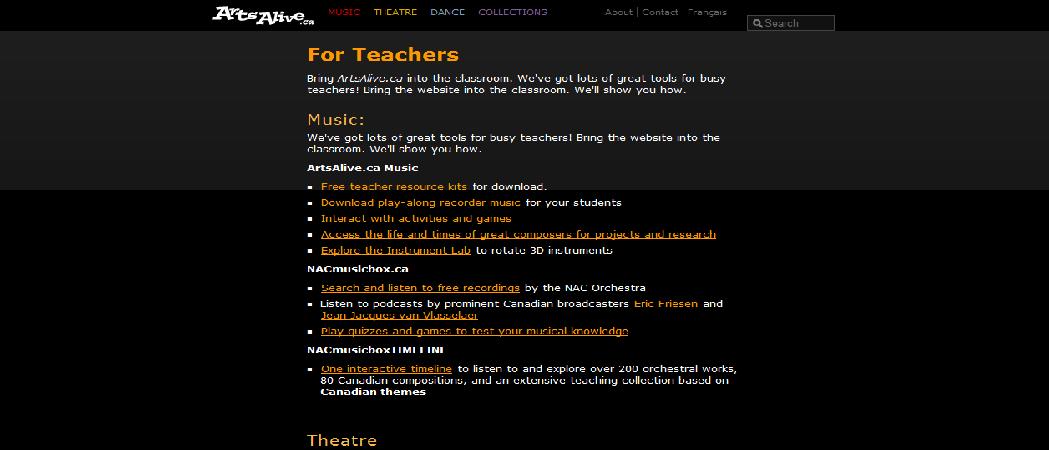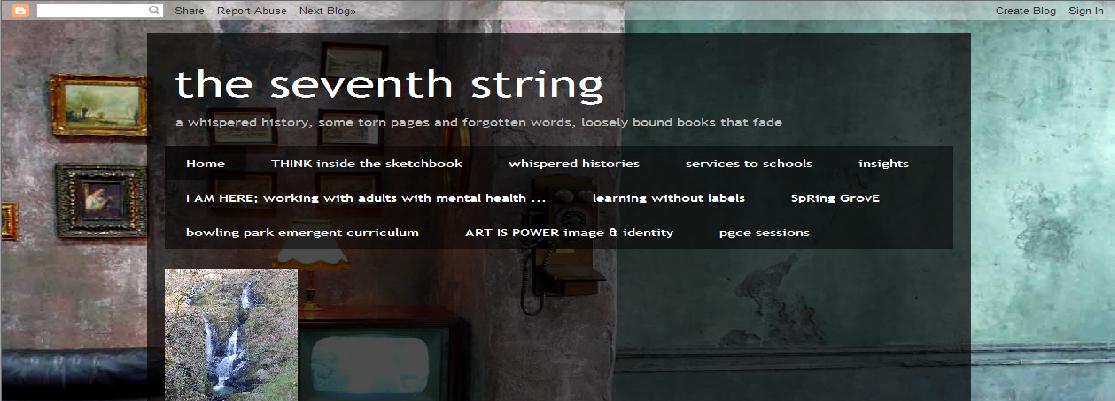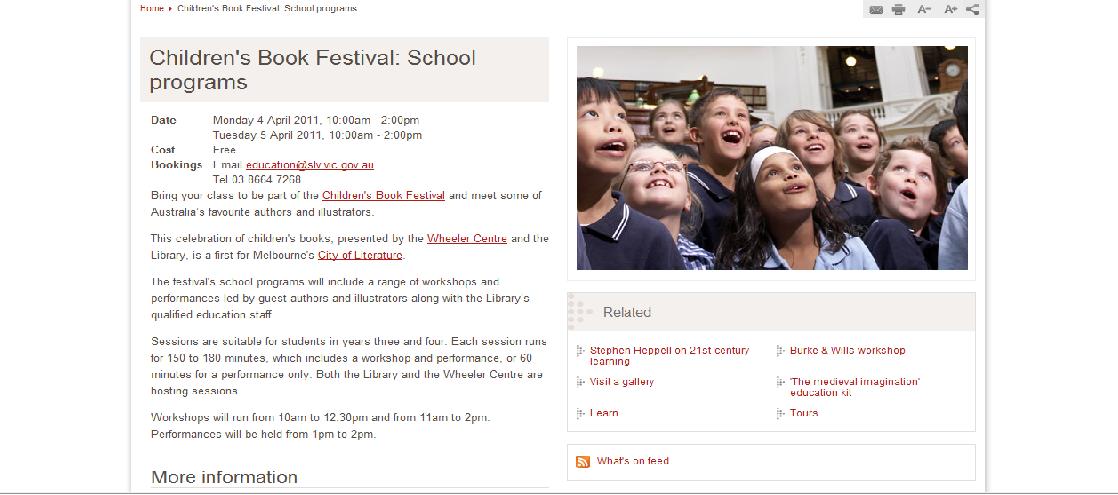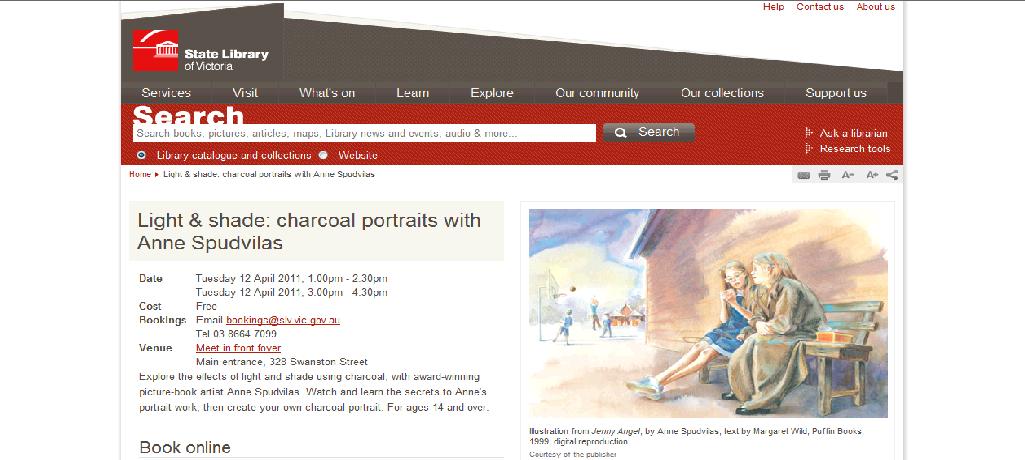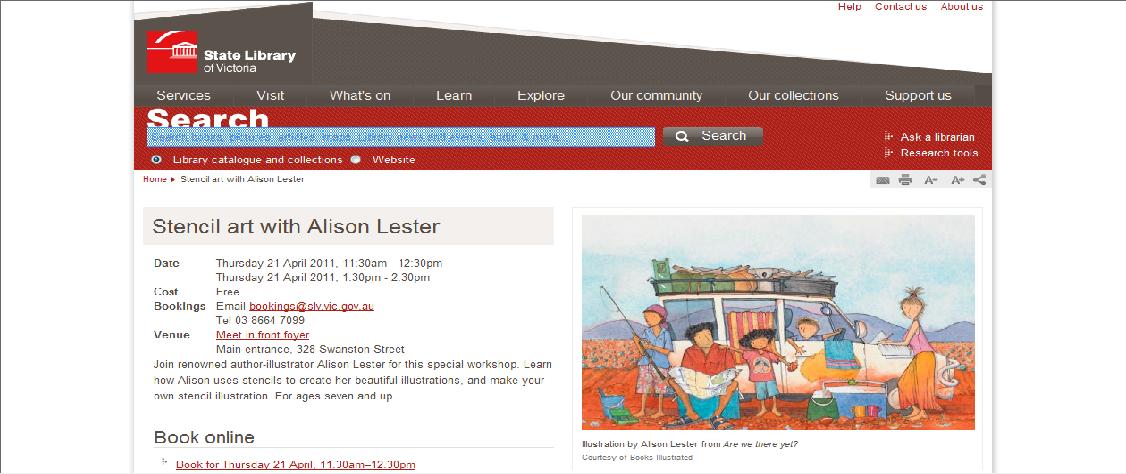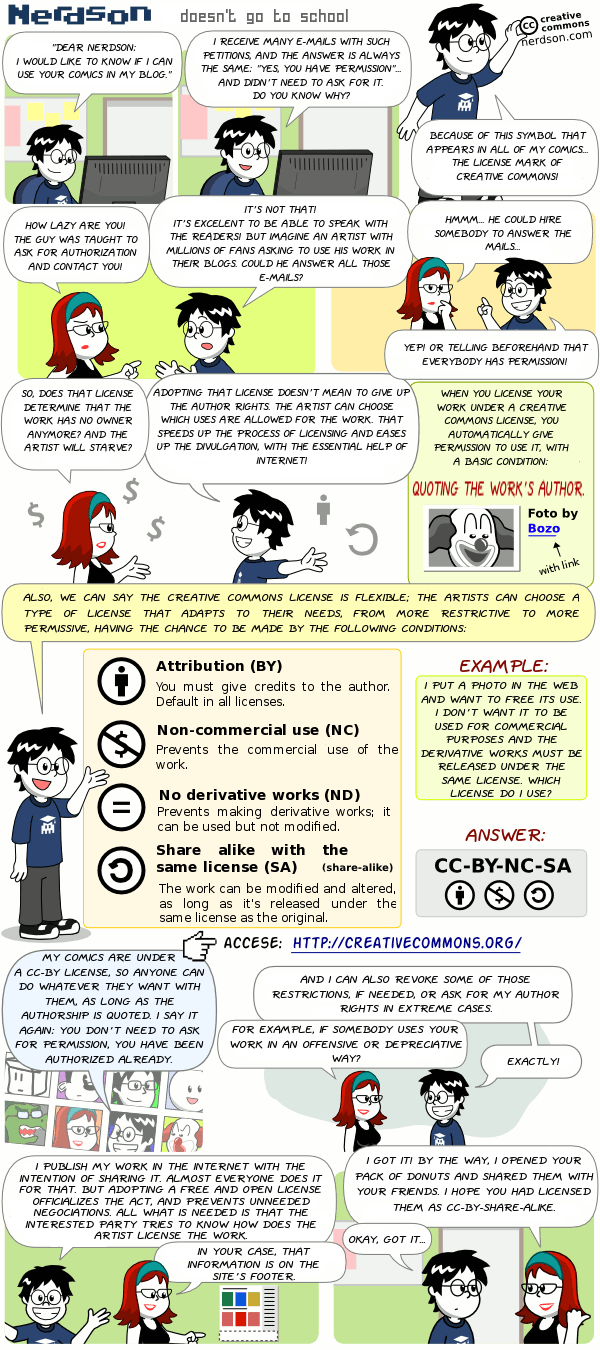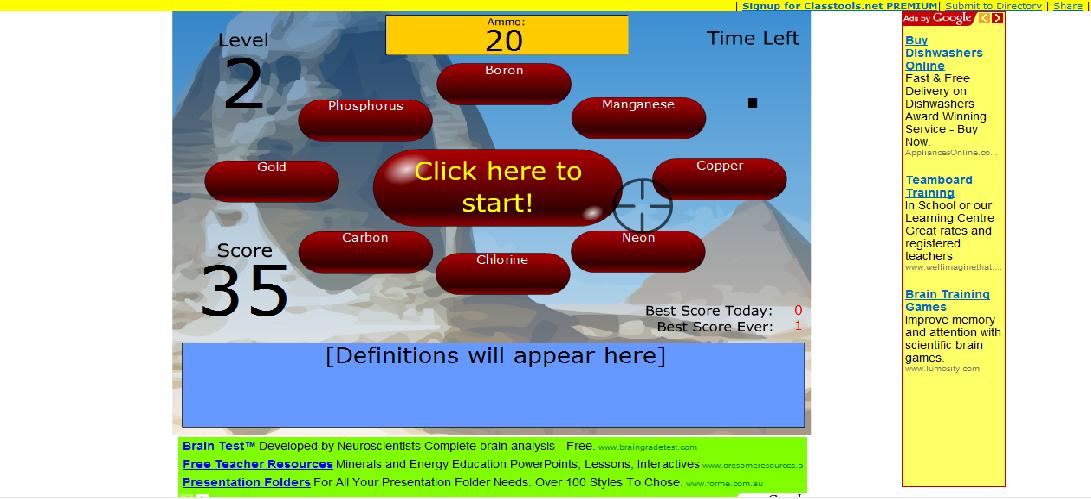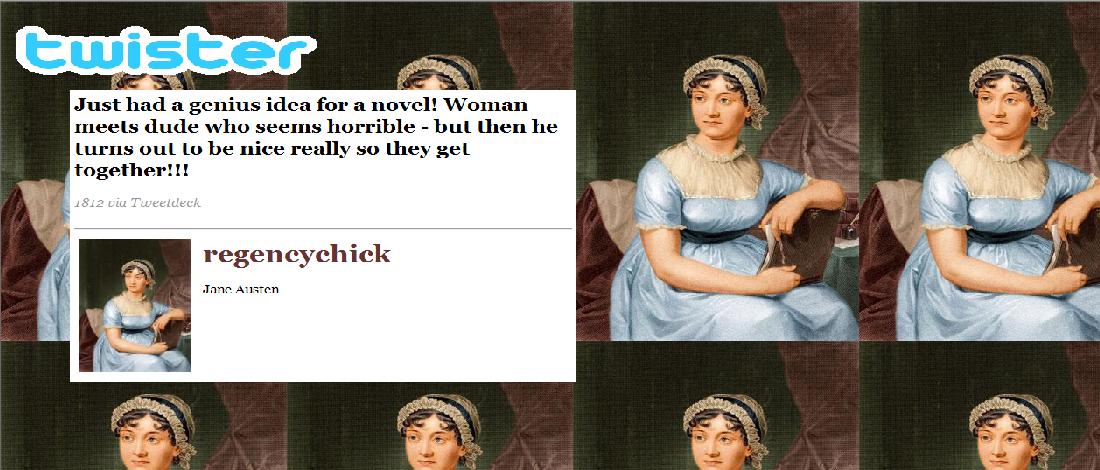A maths dictionary for kids, by Jenny Eather, is an interactive dictionary where over 600 mathematical terms are explained in simple language, with easy-to-follow diagrams. For example, if a student wanted to know about an acute angle, they will discover it is ‘an angle mearsuring less than 90 degrees’. A pelican is used to show the acute angles the student requests, with a fish jumping in the pelicans mouth when the angle is made. Further to acute angles, the student can create other angles. Reflex angles are explained if the student chooses to create an angle between 180 and 360 degrees.
This is a great resource for high primary school students and junior – middle secondary school students. Ideally, students working on computers would have this open for quick reference. Terms are listed in alphabetical order. Teachers coud use this dictionary when introducing a new concept.

